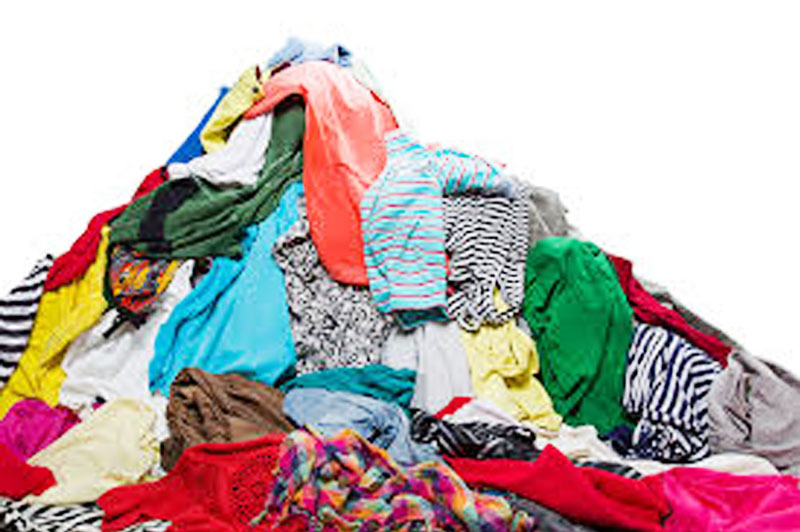Jun. 28, 2020
Did you know that according to the CTR, Americans throw away 70 pounds of clothing and other textiles on average every year? Such clothes almost always end up in landfills. The EPA estimates that landfills occupy nearly 5% of all landfill space. Most people do not realize that textiles can be reused or recycled. Reverse recycling vending machine supplier shares with you.
Donate
Most Americans who want to clean their wardrobes often end up donating or reselling items they find still intact. Organizations such as The Epilepsy Foundation or Goodwill-Easter Seals are common in most communities, giving citizens the opportunity to do something good with clothes they don’t want. Some groups sort and resell donated items in their own stores, while others sell textiles to processing companies to raise funds.

Reuse
For worn, dyed, or other non-processable fabrics, there may be a little life in these fibers. Old towels are perfect for cleaning rags when cutting into squares, while a dyed, oversized shirt is convenient when doing any type of painting or other messy activities. Even tattered denim can be turned into a soft baby book or a cool snack bag.
Recycle
Although it may seem strange, many types of fabric can actually be recycled. The Textile Recycling Committee (CTR) is a non-profit organization dedicated to preventing clothing, shoes, and other fabrics from entering landfills. The organization's goal is to achieve zero textile landfills by 2037. To do this, we must strive to raise awareness of this issue and connect the city with fabric recycling processors. As more and more people understand the potential of textile recycling, more and more municipalities are beginning to allow fabric materials to be thrown into blue trash cans, next to glass jars and plastic milk cans. The textile recycling process is very similar to other materials-fabrics are classified by type, and their fate becomes clear. According to statistics, nearly half of the clothes, shoes, and other materials you recycled are eventually sent overseas to help those who urgently need these things. The rest is crushed and mixed with other fibers to create new items, such as carpet pads and home insulation. In the end, only 5% of the recycled fabric eventually became waste.
How consumers can help
There are many different ways to promote fabric recycling. First classify all unwanted clothes, linens, and other fabrics at home. Check if your municipality or recycling supplier allows the collection of textiles. If not, find a donation point. Don’t forget to be creative and see if these materials are useful to you, although they are used differently than originally expected.
Our company provides reverse vending systems.